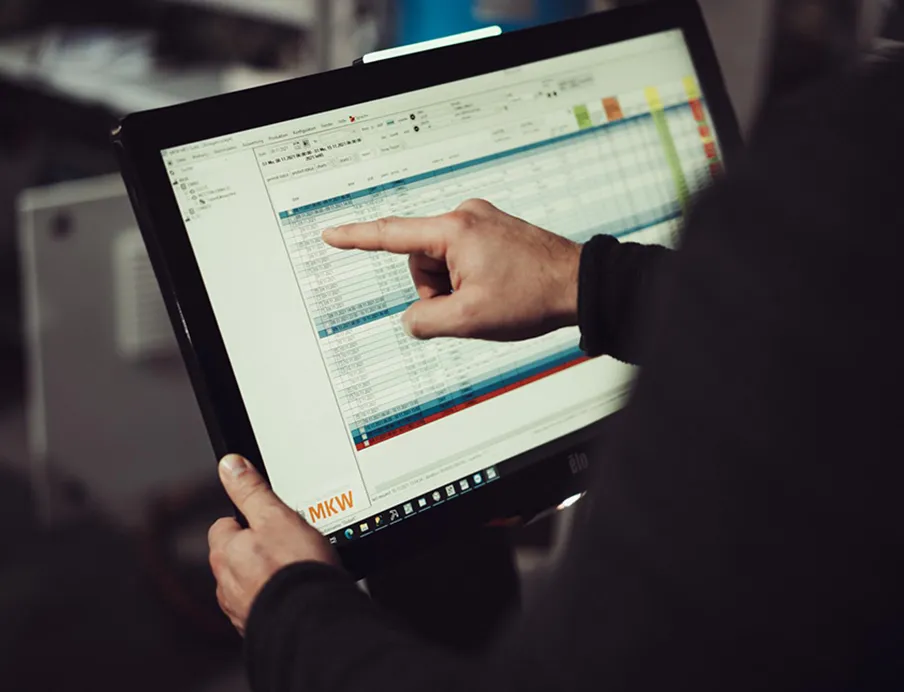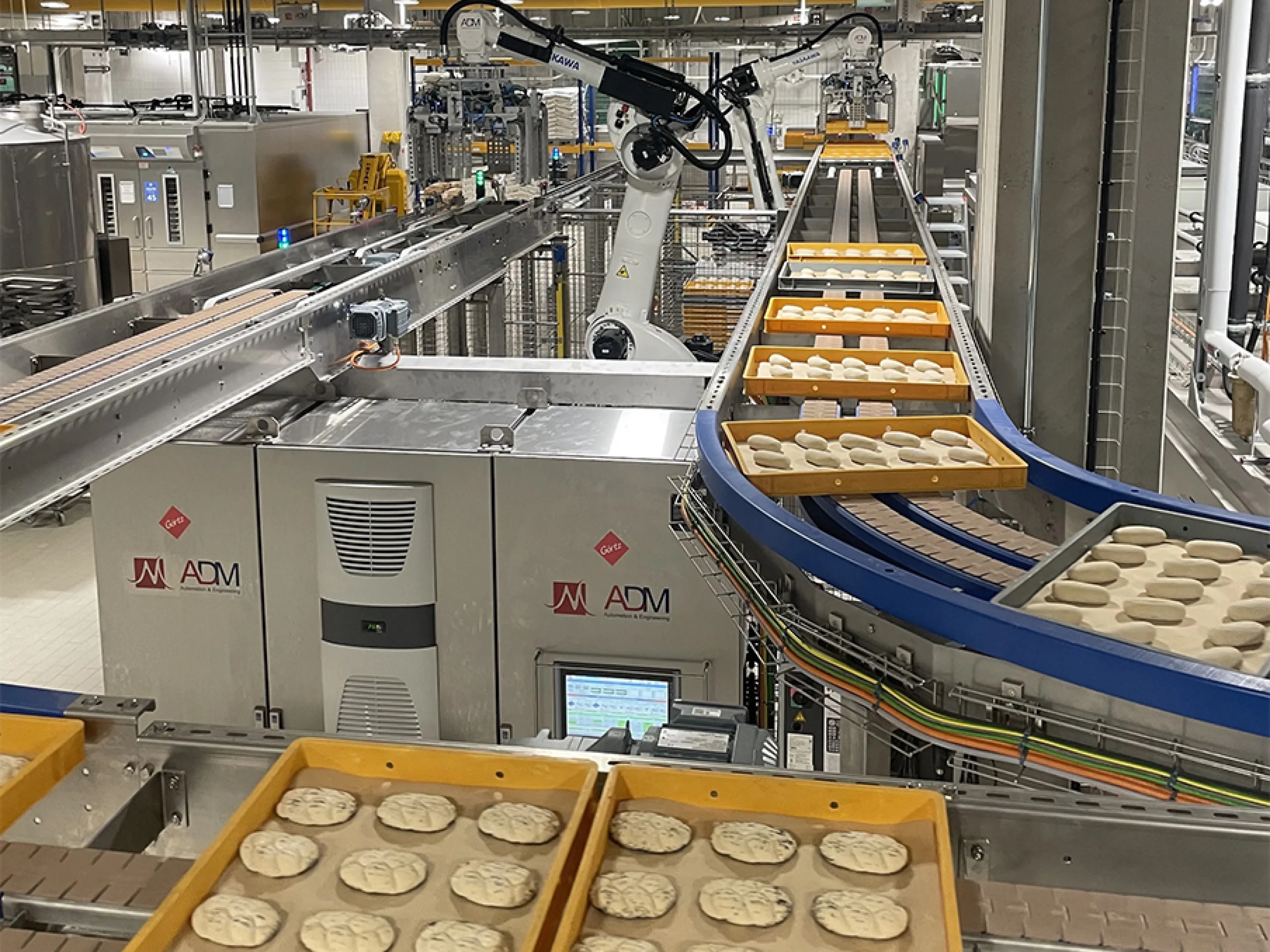
The challenge of the shortage of skilled workers poses significant challenges for industry. The increasing lack of qualified personnel requires new approaches to avoid outages and bottlenecks. This is where the digital solution “MK|Workforce” comes in. The tool helps companies to use their human resources more efficiently and to prevent production downtime through innovative planning.
A shortage of skilled workers as an acute problem
Demographic change and digitalization are significantly exacerbating the shortage of skilled workers in industry. Companies are confronted with a shrinking pool of qualified workers, while the complexity of their production processes is increasing. This results in bottlenecks in production, delayed delivery times and increased costs. Against this backdrop, a leading company in the medical technology sector was looking for a solution to strategically address the shortage of skilled workers and simultaneously improve the efficiency of its production processes.
Challenge: Lack of transparency in planning and risks due to insufficient data
Before implementing “MK|Workforce”, the manufacturer struggled with non-transparent and reactive personnel planning. A lack of data often meant that illness-related absences or bottlenecks could only be solved at short notice and improvised, which led to production interruptions and an increased susceptibility to errors. In addition, the training and qualification status of the employees was not recorded centrally, so that the assignment of personnel to certain machines and tasks was often subject to uncertainties. The consequence was limited flexibility in personnel management and an increased risk of incorrect operation of machines.
Digital tools ensure efficient workforce planning
The digital tool “MK|Workforce” enables the company to plan its workforce efficiently, as it not only supports employee planning and training, but also optimally deploys employee skills. The software offers flexible, data-based workforce planning so that production managers can respond to absences in real time.
A key feature of the tool is the comprehensive employee database, which stores all qualifications and training certificates. Production managers can quickly see which personnel are qualified for specific machines and tasks. This minimizes the risk of operating errors and only adequately trained personnel are given access to critical production equipment.
Flexibility and safety in everyday life
The strength of “MK|Workforce” was demonstrated in practice when the company was confronted with a personnel bottleneck due to short-term sick leave. Based on real-time data, the company was able to quickly identify which employees could step in as replacements and deploy them in a targeted manner without compromising on safety or quality.
Furthermore, an automated access and authorization system was implemented. This ensures that only qualified employees have access to certain machines. An RFID-based terminal at the workplace checks qualifications and only grants access if the necessary training has been completed. This measure led to a significant reduction in production losses.
Training as a success factor
In addition to flexible workforce planning, continuous training and professional development play a central role. The company was able to use “MK|Workforce” to introduce customized training programs so that employees always have the latest technical skills. Digital tracking of training progress made it possible to precisely identify training needs, resulting in a sustainable improvement in product quality and greater employee loyalty.











